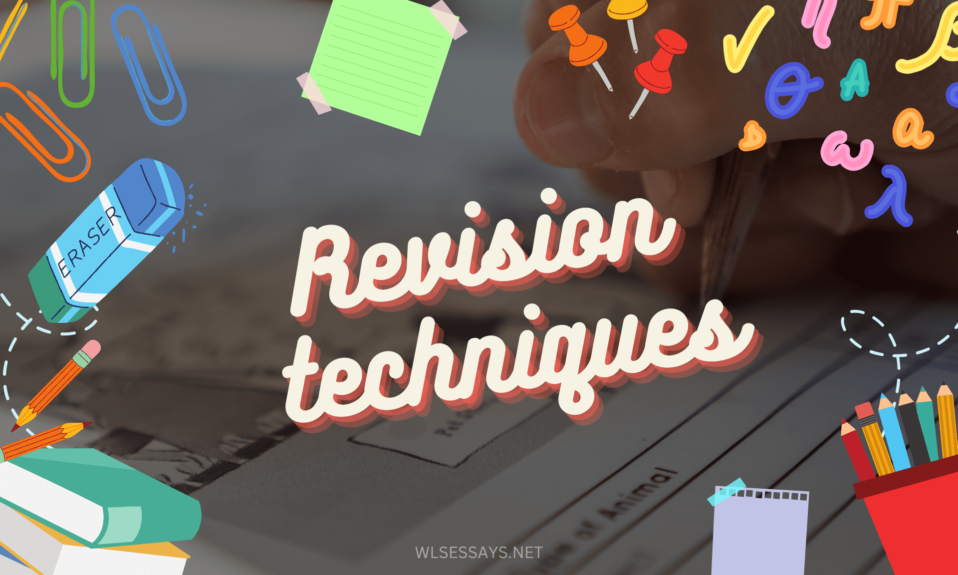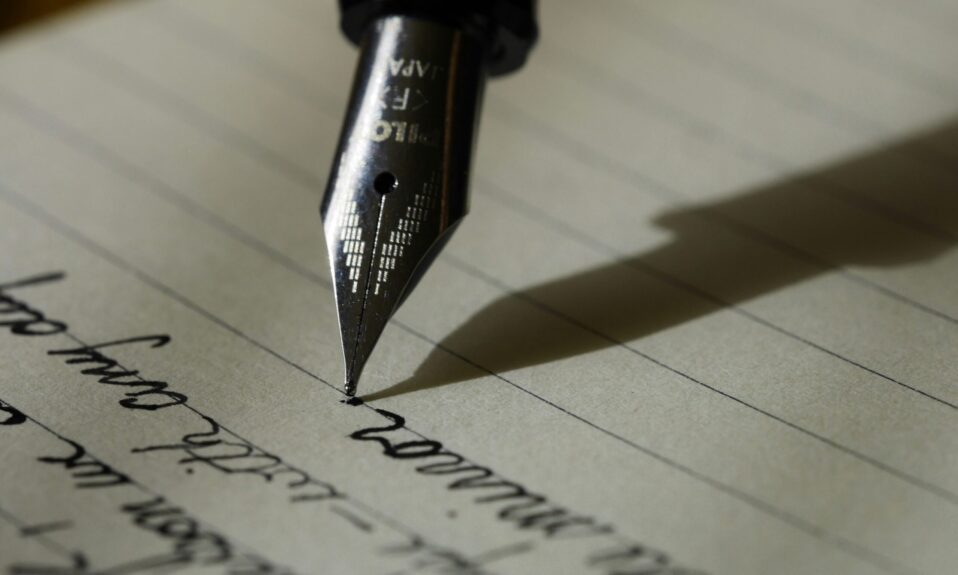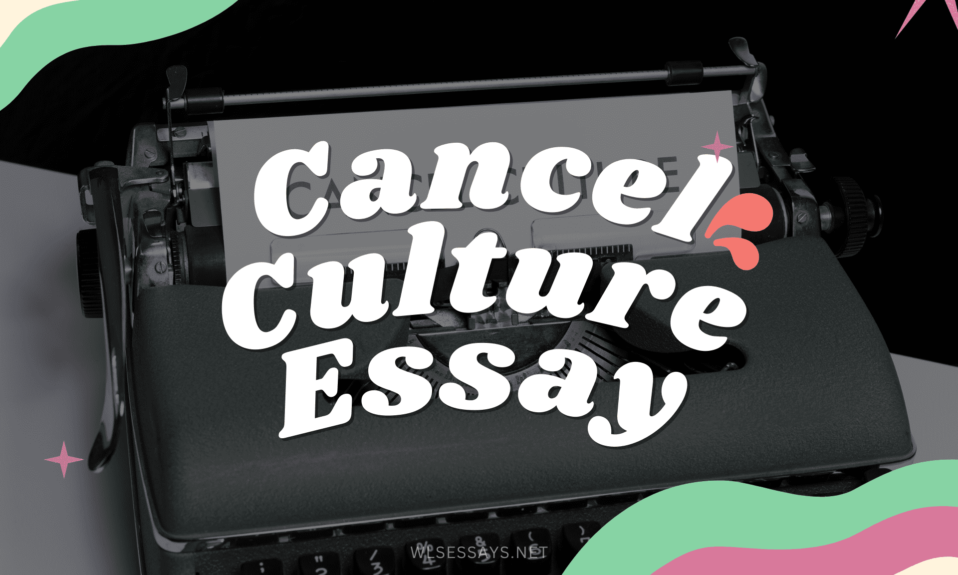Writing an essay is tough, but it doesn’t end with the final draft. Revision is crucial for refining ideas, strengthening arguments, and making your essay shine. Whether you’re working on an analytical essay, research paper, or persuasive essay, effective revision techniques can take your writing to the next level. In this article, we’ll explore ten practical strategies tailored to undergraduate students in the United States. These techniques will provide you with the tools you need to excel in your academic writing. So, let’s dive in and discover how to make your essay stand out!
Take a Break
Before diving into the revision process, it’s essential to give yourself some breathing space. Taking a break from your essay allows you to approach it with fresh eyes and a clear mind. After spending extensive time and effort on the initial draft, stepping away for a while can make a significant difference in your ability to spot errors, identify weak arguments, and enhance the overall quality of your writing. By distancing yourself from your work and returning to it later, you’ll be better equipped to make necessary revisions and improvements.
Read Aloud
Reading your essay aloud is a powerful technique to enhance clarity, flow, and overall impact. When we read silently, our brains tend to fill in gaps or correct errors automatically, leading us to overlook mistakes or awkward phrasing. However, reading aloud engages multiple senses and forces us to pay closer attention to each word and sentence. This technique helps us identify clunky or convoluted passages, detect repetition, and catch grammatical errors that might have gone unnoticed otherwise. By giving your essay a voice, you can ensure that it reads smoothly and effectively communicates your ideas to the reader.
Getting Feedback from Peers
Getting feedback from your peers is an invaluable part of the revision process. By sharing your essay with classmates, friends, or writing partners, you can gain fresh perspectives and useful criticism that will help you identify areas for improvement. Peers can give insights into the clarity of your arguments, the coherence of your essay’s structure, and the overall effectiveness of your writing. Embrace their suggestions with an open mind, and see their feedback as an opportunity to enhance your work. Collaborating with others not only strengthens your essay but also fosters a sense of community and shared learning.
Using a Checklist
Creating a revision checklist is an excellent way to ensure that you cover all the essential elements of your essay. It helps you stay organized and focused during the revision process. Your checklist can include items like:
- Is my thesis statement clear and concise?
- Are my arguments well-supported with evidence?
- Do my paragraphs flow logically?
- Are my sources properly cited and referenced?
By systematically going through each item on your checklist, you can be confident that you have thoroughly revised your essay and addressed all the necessary components.
Reverse Outline
The reverse outline technique is a powerful tool for assessing the structure and organization of your essay. After completing your first draft, create a brief outline that reflects the main points and supporting evidence of each paragraph. Then, compare this reverse outline to your initial plan or thesis statement. Are there any gaps or missing connections between ideas? Does the overall structure flow logically? The reverse outline allows you to identify any weaknesses or inconsistencies in your essay’s organization and make the necessary revisions to create a more cohesive and compelling piece.
Get Rid of Wordiness
Wordiness can slow down your essay and distract readers from your main points. When revising, watch out for unnecessary words and phrases that can be removed without changing the meaning. Look for ways to express your ideas more concisely. Shorten long sentences and use simpler alternatives for redundant phrases. For instance, instead of saying “In my personal opinion,” simply say “In my opinion.” By reducing wordiness, you create a more impactful essay that keeps your readers engaged.
Ensure Logical Flow
A well-structured essay should smoothly transition from one paragraph to the next. During revision, pay close attention to the logical progression of your arguments. Each paragraph should build on the previous one and smoothly connect to the next. Check for clear topic sentences, effective transitions, and a coherent structure. Make sure your ideas are presented in a logical order, supporting each other and guiding readers effortlessly. By maintaining logical flow, you help readers follow and understand your arguments.
Check Grammar and Punctuation
When revising your essay, give importance to grammar and punctuation. Grammatical errors and punctuation mistakes can undermine the credibility of your work and distract from your ideas. Utilize grammar-checking tools or consult reliable grammar resources to identify and correct any errors. Pay attention to subject-verb agreement, verb tense consistency, proper use of punctuation marks, and sentence structure. Clear and accurate grammar enhances the professionalism and clarity of your essay, effectively communicating your ideas.
Maintain Consistent Formatting
Consistency in formatting is often overlooked but crucial for presenting your essay effectively. Follow the formatting guidelines specified by your instructor or institution, whether it’s APA, MLA, Chicago, or another style. Ensure that headings, font size, margins, line spacing, and citations are consistently formatted throughout. Consistent formatting gives your essay a polished, professional look and demonstrates your attention to detail and adherence to academic standards.
Proofreading is a crucial step in the revision process that shouldn’t be rushed. A single pass may not catch all errors and make your essay truly perfect. Instead, proofread your essay multiple times, focusing on different aspects each time. For one round, concentrate on grammar and punctuation. In another, pay attention to the clarity and coherence of your arguments. Breaking down the proofreading process into smaller tasks will allow you to give each aspect the attention it deserves and improve the overall quality of your essay. Try different proofreading techniques like reading your essay backward or out of order to spot errors you might otherwise overlook.
In conclusion, revision is an essential part of the essay writing process that helps refine and elevate your work. Implementing these ten revision techniques will transform your essay from good to perfect. Remember to take breaks, read aloud, seek peer feedback, use a checklist, and create a logical flow in your essay. Eliminate wordiness, pay attention to grammar and punctuation, maintain consistent formatting, and proofread multiple times. These strategies, combined with your dedication and hard work, will make your essay stand out and impress your readers.
Embrace the revision process as an opportunity to improve your writing skills and effectively showcase your ideas. With each revision, you’ll become a more proficient writer and gain confidence in your ability to produce exceptional essays. Now armed with these techniques, go forth and make your essay look perfect! Your hard work and attention to detail will undoubtedly pay off, resulting in a well-crafted and impressive essay.









